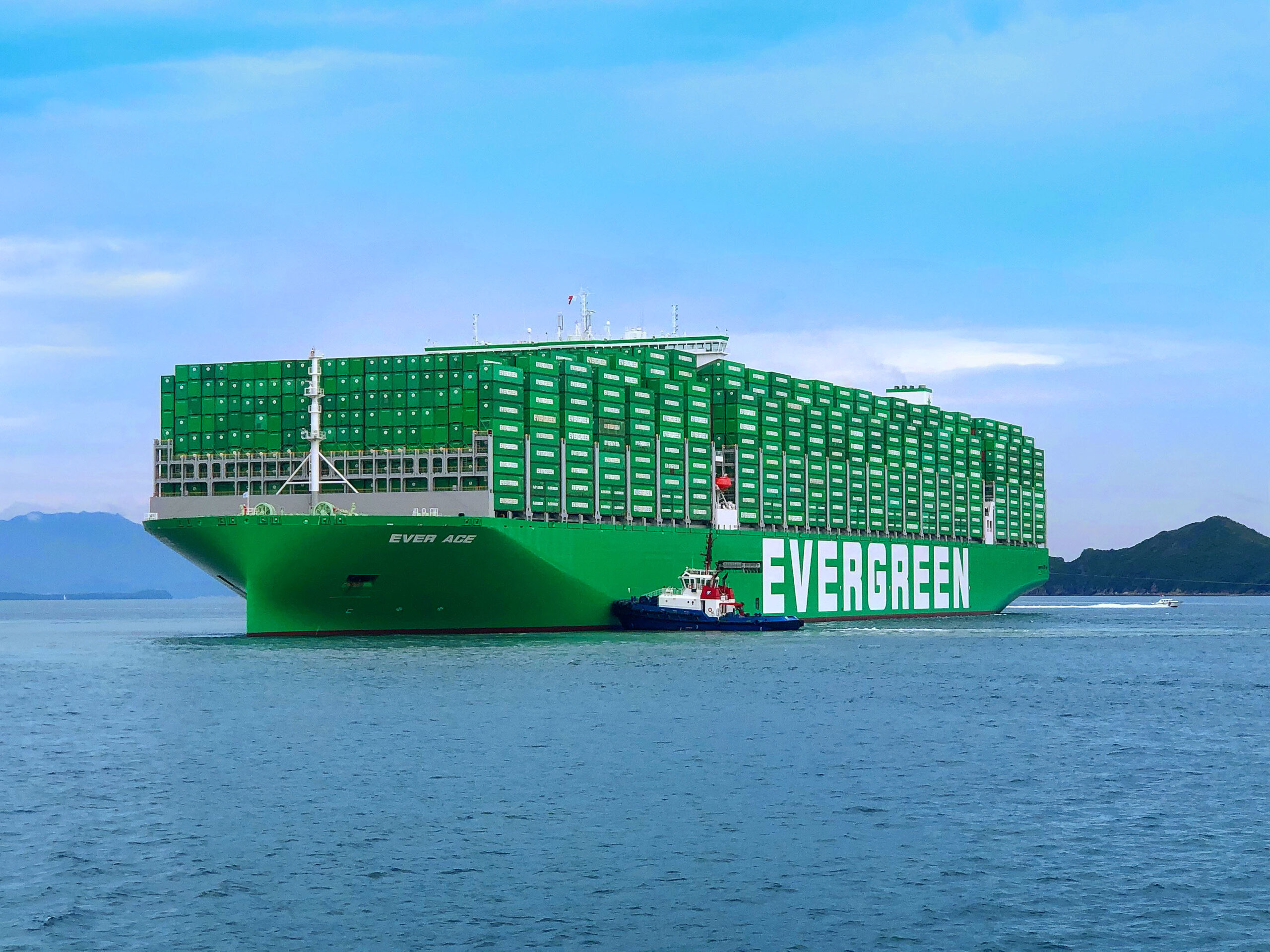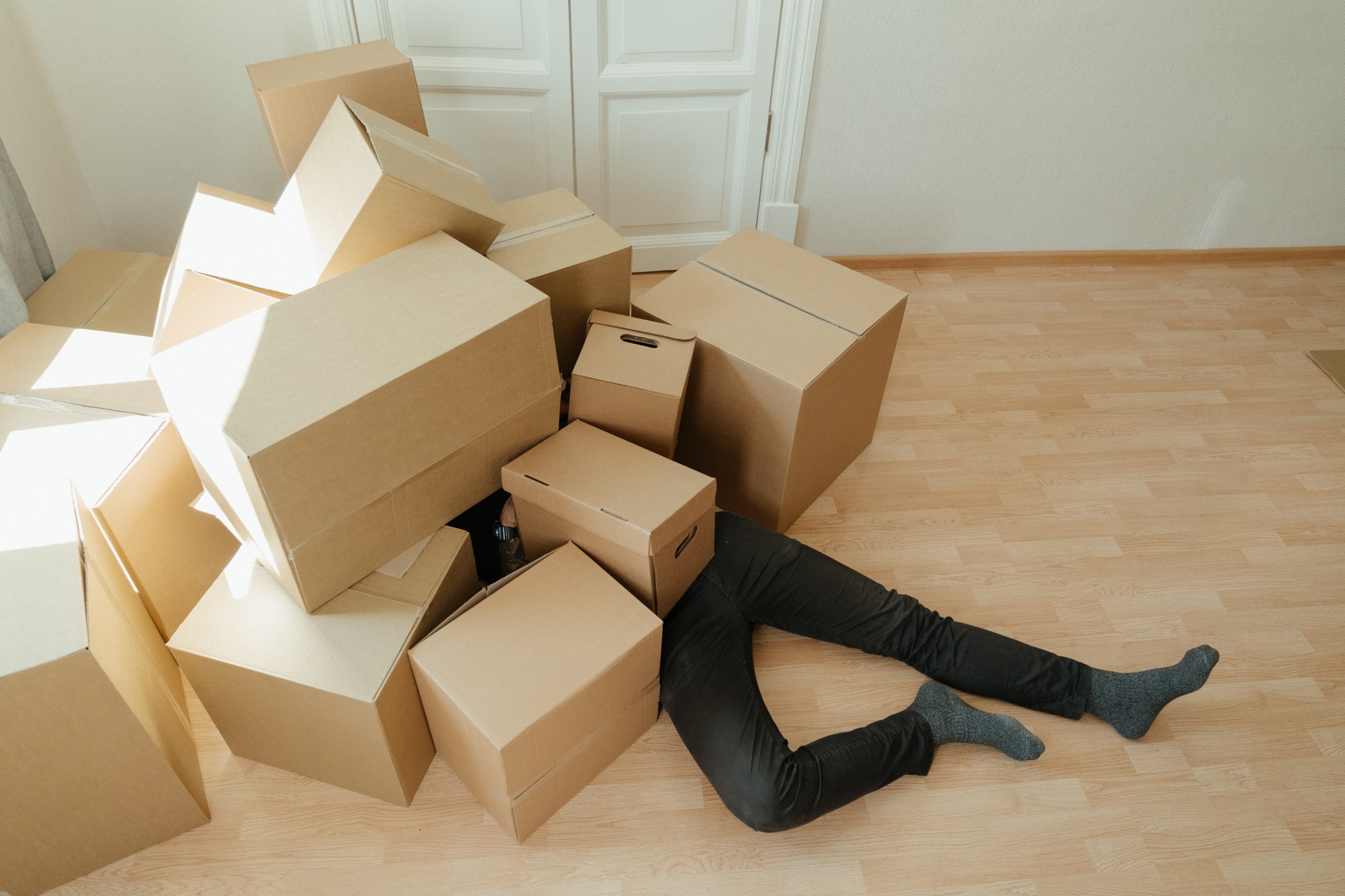Have you ever reflected on what happens to a container during its lifecycle? Or how we started using these standardised boxes for shipping in the first place? Below we have a greeting from one of our containers, which is now getting ready for retirement.
Dear all,
My name is EISU3792350 and today is my last day of duty. I am retiring from over ten years of service in the liner shipping industry. Even though I am the rough type of guy, built from two millimetres corrugated steel, I am also getting weaker by age. Therefore, I am being sold today, for a quiet and less exhausting life as extra storage space at a farm outside Gothenburg in Sweden.
My type is quite new to this world, but my story began already in the 1950’s. Some might say a box is a box, but let me tell you a little bit about our origin. In 1955, a man named Malcom P. McLean developed a standardised box, which was intermodal and could be transported in several modes such as rail, truck, and sea without the cargo being re-stuffed. The very first journey of a standardised container was conducted in 1956. Even though the pure container ships weren’t built yet, a modified tanker ship from World War II shipped the first container between New Jersey and Texas. This was the first step in containerising the shipping industry, and a few years later, in 1961, the big leap was taken when standardised dimensions revolutionised the industry.
Now you might wonder, why using containers? Compared to traditional cargo handling, there are several advantages of using containers. The most obvious one is the fact that the cargo doesn’t need to be re-stuffed when transferred from one modal carrier to another. Instead, the cargo can be carried from door to door in the same unit, also leading to shorter transit time. A container is, on top of the previously mentioned advantages, also excellent packaging and protection for the cargo, which reduces the risk of cargo damage. All in all, these advantages are most likely the reason for 60% of the cargo value at sea being shipped in containers.
Looking back at my life – and it has been a good one – I have travelled the world and seen more places than most people have. I have participated in improving people’s quality of life, by carrying cargo to remote places where supplies are crucial for survival, or just by carrying Christmas gifts to joyful children. That kind of service truly gives me satisfaction at this point in life, I must say.
During my years in service, I have visited approximately 40 different countries, and the total distance I have travelled is more laps round the globe than I can remember. I have been lifted 500 times in traffic, not to mention all lifts inside terminals and to and from repair shops. A life like mine takes its toll. Therefore, a calmer life is very welcomed now. This week, my “Evergreen tattoo” is being removed as I will spend my retirement neutral. I am still very green though, so you will easily recognise me when passing through rural parts of Gothenburg.
Yours sincerely,
EISU3792350
We wish our retired container all the best of luck and say, thank you, for all the cargo it has carried during all those the years – it has been a pleasure! Visit our Knowledge Center for more fun and interesting blog articles, and if you have any questions about shipping containers or need help to choose the right unit, don’t hesitate to contact us.





